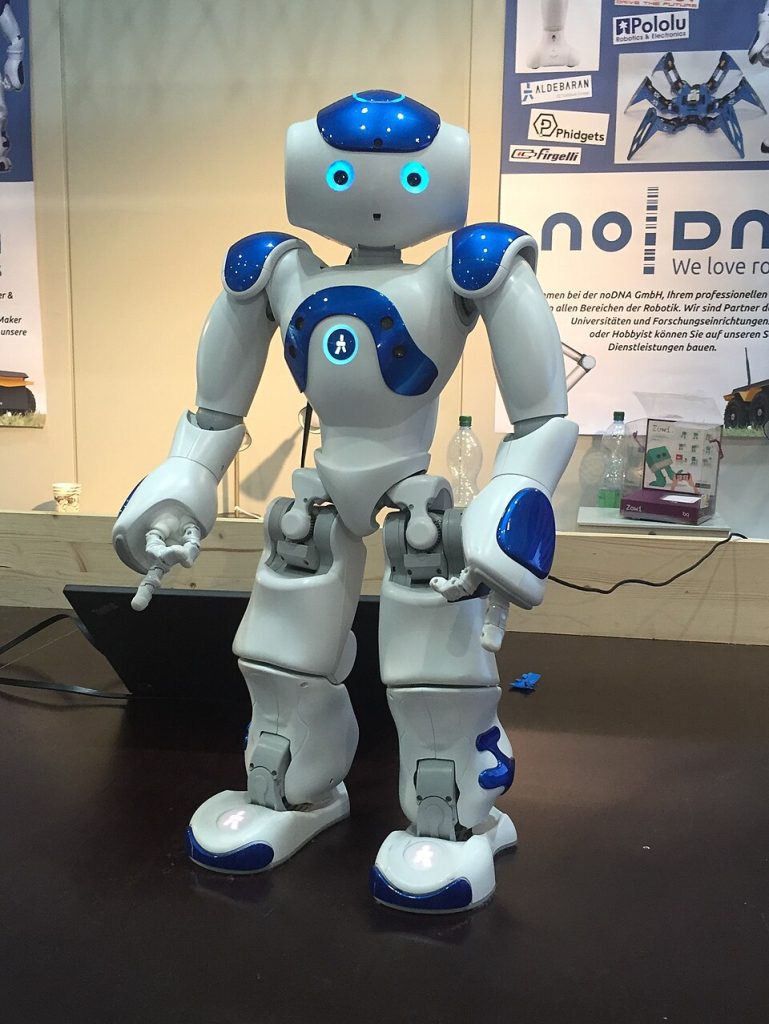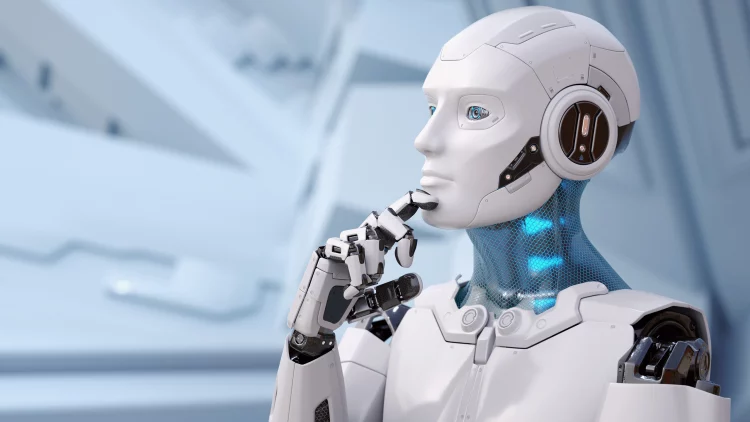I. Introduction to Robotics: A Revolutionary Technology
Robotics, a branch of engineering focused on the design, construction, operation, and use of robots, has undergone an incredible evolution over the past few decades. What was once confined to science fiction has gradually entered the realm of reality, profoundly altering the way industries operate and enhancing human capabilities. Robotics, powered by advancements in artificial intelligence (AI), machine learning (ML), and materials science, has the potential to revolutionize every facet of human life—from manufacturing to healthcare, from autonomous vehicles to personal assistance.
Today, we see a rapid proliferation of robots in various industries, each designed to fulfill a wide range of tasks that were once performed by humans. These robots not only automate labor-intensive jobs but also extend human capabilities by performing tasks that are dangerous, repetitive, or physically demanding. As robotics continues to develop, society is faced with questions about its broader implications: How will robots impact our economy, our workforce, and our daily lives?
II. The Evolution of Robotics: From Industrial Automation to AI-Powered Machines
- Early Robotics: Industrial Automation
Robots have been employed in industrial settings for decades. The first industrial robot, Unimate, was introduced in the 1960s to automate tasks in automotive manufacturing, such as lifting heavy parts and performing welding operations. These early robots were relatively simple mechanical arms, programmed to execute repetitive tasks with precision and speed.
As automation in factories increased, the demand for robots that could handle more complex and varied tasks grew. In the 1980s and 1990s, companies began to develop robots with more advanced capabilities, including the ability to perform tasks with higher flexibility, such as packaging, material handling, and assembly.
- Advancements in AI and Machine Learning: The Smart Robot Revolution
As artificial intelligence advanced, robots became more than just mechanical devices. The integration of machine learning, computer vision, and natural language processing enabled robots to perform tasks that required decision-making, perception, and adaptation. The introduction of AI-powered robots has revolutionized fields such as logistics, healthcare, and even hospitality.
These robots can learn from their environments, adapt to new situations, and make decisions based on complex data, allowing them to perform tasks such as diagnosing medical conditions, guiding autonomous vehicles, or even assisting in elderly care. The next generation of robots is not just performing tasks, but making decisions—becoming autonomous agents in complex, unpredictable environments.
III. Applications of Robotics in Different Sectors
- Industrial Robotics: The Backbone of Modern Manufacturing
Manufacturing is one of the most well-established areas of robotics application. Industrial robots are used in assembly lines, material handling, and quality control. By automating repetitive tasks, robots not only improve productivity and reduce costs but also enhance workplace safety by taking over dangerous operations like welding, painting, and heavy lifting.
Robotic arms, like those produced by companies such as KUKA, Fanuc, and ABB, are now highly adaptable. They can perform a wide variety of tasks and be integrated with AI to adjust to different workflows, making manufacturing lines more efficient and reducing human error.
- Medical Robotics: Precision Surgery and Care
In healthcare, robots are playing an increasingly important role, particularly in surgery, rehabilitation, and patient care. Robotic-assisted surgery allows for minimally invasive procedures with greater precision and smaller incisions, resulting in quicker recovery times and fewer complications.
For example, the da Vinci Surgical System enables surgeons to perform complex procedures with enhanced accuracy through robotic arms controlled by a console. Similarly, robots like the MAKO robot help orthopedic surgeons perform knee and hip replacements with extreme precision, improving outcomes for patients.
Robotic exoskeletons are another significant advancement in rehabilitation. These devices are designed to assist patients with mobility impairments, helping them regain the ability to walk or perform physical tasks. For example, ReWalk is a robotic exoskeleton that helps individuals with spinal cord injuries to walk.
- Service and Consumer Robotics: The Personal Assistant Revolution

Personal robots are no longer just a figment of our imagination. In recent years, the development of service robots, designed to assist with everyday tasks, has surged. From robot vacuum cleaners like Roomba to personal assistants like Jibo, robots are becoming household helpers, designed to make our lives easier.
Moreover, robots in customer service roles are becoming increasingly common. Softbank’s Pepper robot, for example, is deployed in stores and airports to engage customers, answer questions, and assist with basic tasks. In restaurants, robots like Flippy are being used to grill burgers, flip them, and even assemble food, allowing human workers to focus on more complex tasks like customer interaction.
- Autonomous Vehicles: A Future Where Robots Drive Us
Robots are also at the forefront of autonomous vehicle technology. Companies like Tesla, Waymo, and Uber are developing autonomous cars, trucks, and delivery drones that use advanced robotics to navigate roads, deliver goods, and transport passengers.
These robots use a combination of sensors, cameras, and AI to perceive their environment, make decisions, and navigate complex traffic conditions. Self-driving technology has the potential to significantly reduce accidents caused by human error, improve transportation efficiency, and reduce the environmental impact of traditional vehicles.
IV. The Future of Robotics: Opportunities and Challenges
- The Rise of Autonomous Robots
As technology advances, the development of fully autonomous robots will continue to transform industries. Autonomous drones for delivery, self-driving trucks, and even robots that perform maintenance tasks in hazardous environments are all expected to become commonplace.
The potential of these robots lies in their ability to operate independently, without direct human oversight, and to make decisions based on real-time data and environmental cues. This will lead to more efficient workflows and could reduce labor costs and human error across various sectors.
- Robots and the Future Workforce
The introduction of robots into the workforce raises important questions about job displacement. While robots excel at performing repetitive and physically demanding tasks, they are not yet capable of performing complex human roles that require creativity, emotional intelligence, or intricate decision-making.
This has sparked debates about the future of employment and the need for reskilling programs. As robots take over more routine jobs, there will be increased demand for workers in fields that require higher-order skills, such as robot programming, maintenance, and management, as well as human-centered roles in healthcare, education, and creative industries.
- Ethical and Social Implications
As robots become more integrated into our lives, questions about their ethical use and social impact become increasingly important. For example, how should society handle the use of robots in military applications or surveillance? What rights should robots have, if any? And how can we ensure that robots are used to benefit humanity rather than harm it?
Moreover, there is the issue of robot rights—if robots become autonomous, should they be given legal status? And how do we prevent misuse in scenarios like autonomous weaponry or robots replacing human caregivers in sensitive roles?
V. Conclusion: The Age of Robotics Is Just Beginning
Robotics has already transformed multiple sectors, from manufacturing to healthcare to service industries, and the future promises even more profound advancements. As robots become more capable and autonomous, their integration into our lives will continue to accelerate, bringing both immense opportunities and significant challenges.
The key to navigating this new era lies in balance: embracing the benefits of robotics while addressing the ethical, social, and economic challenges they bring. As robots move from the factory floor to the home, and from hospitals to highways, they will fundamentally reshape our world.
In the coming decades, robots won’t just be tools—we’ll be partners with them in shaping the future of humanity. The robotic revolution has only just begun.











































